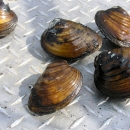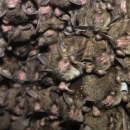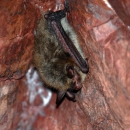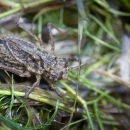Featured Species
We conserve and restore threatened and endangered species and their habitats with a focus on imperiled bat and freshwater mussel species. Our office has also been actively involved with the conservation and recovery efforts for species such as the Topeka shiner, Iowa Pleistocene snail and eastern prairie fringed orchid to mention a few. In addition, our office has taken an active role in the conservation of pollinator species including the monarch butterfly and their habitats in Illinois and Iowa.
For a list of threatened and endangered species, visit the link below.







